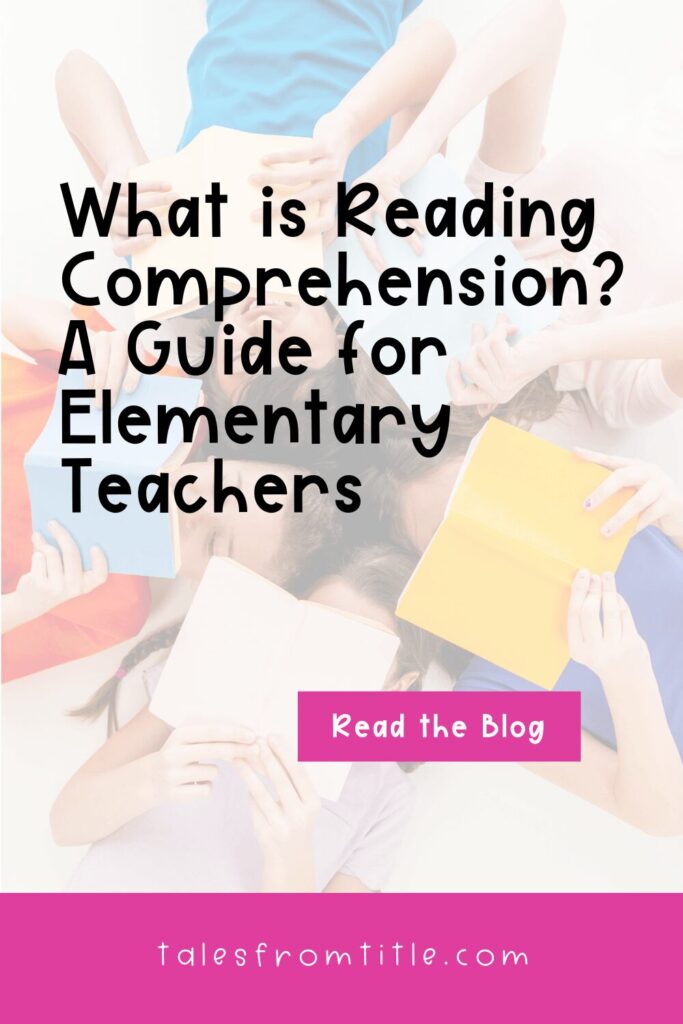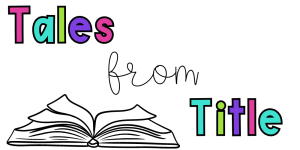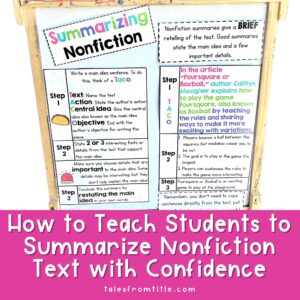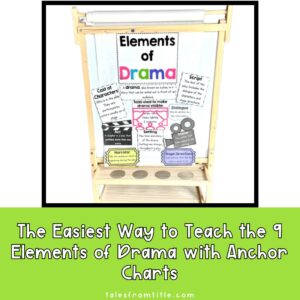It’s time for part nine of my ten-part series on the components of reading! In this series, I discuss what each component of reading is, what it means, and why it’s important. If you missed the earlier posts, you can catch up here:
- Part 1 – What is Phonemic Awareness
- Part 2 – Why is Phonemic Awareness Important
- Part 3 – What is Phonics
- Part 4 – Why is Phonics Important
- Part 5 – What is Fluency
- Part 6 – Why is Fluency Important
Today’s post kicks off the two-part mini-series on the final component of reading – comprehension. In this post, we’ll explore what reading comprehension is.
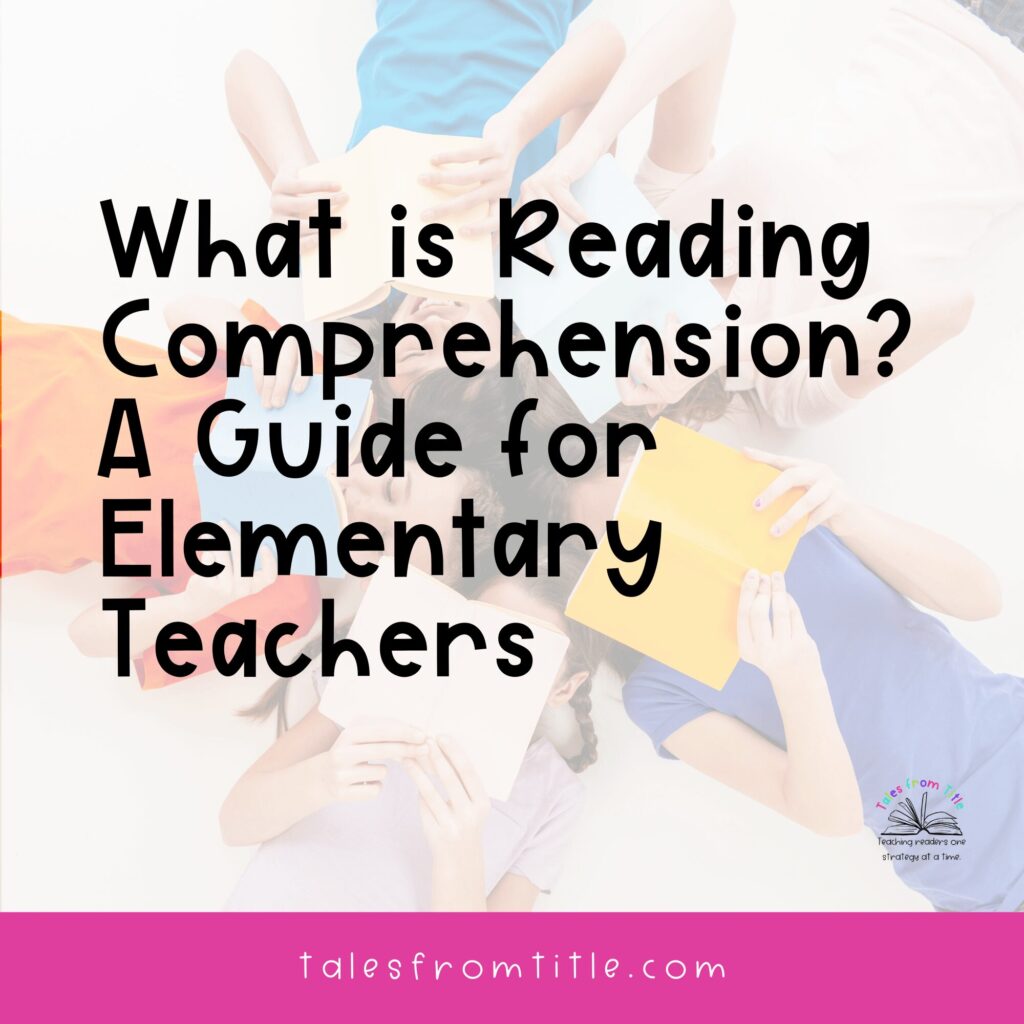
What is Reading Comprehension?
As teachers, we often hear about the importance of reading comprehension. But what exactly does it mean? Reading comprehension is the ability to understand, interpret, and engage with written texts. Like I’ve discussed in previous posts, phonics and fluency focus more on learning to read. Comprehension, on the other hand, is about deriving meaning and making connections that help students truly understand what they’re reading. Basically, when we get students to a point where they are focused on comprehending the text because they have mastered the ability to read, they are now reading to learn. Let’s explore what reading comprehension entails and break it down into its key components.
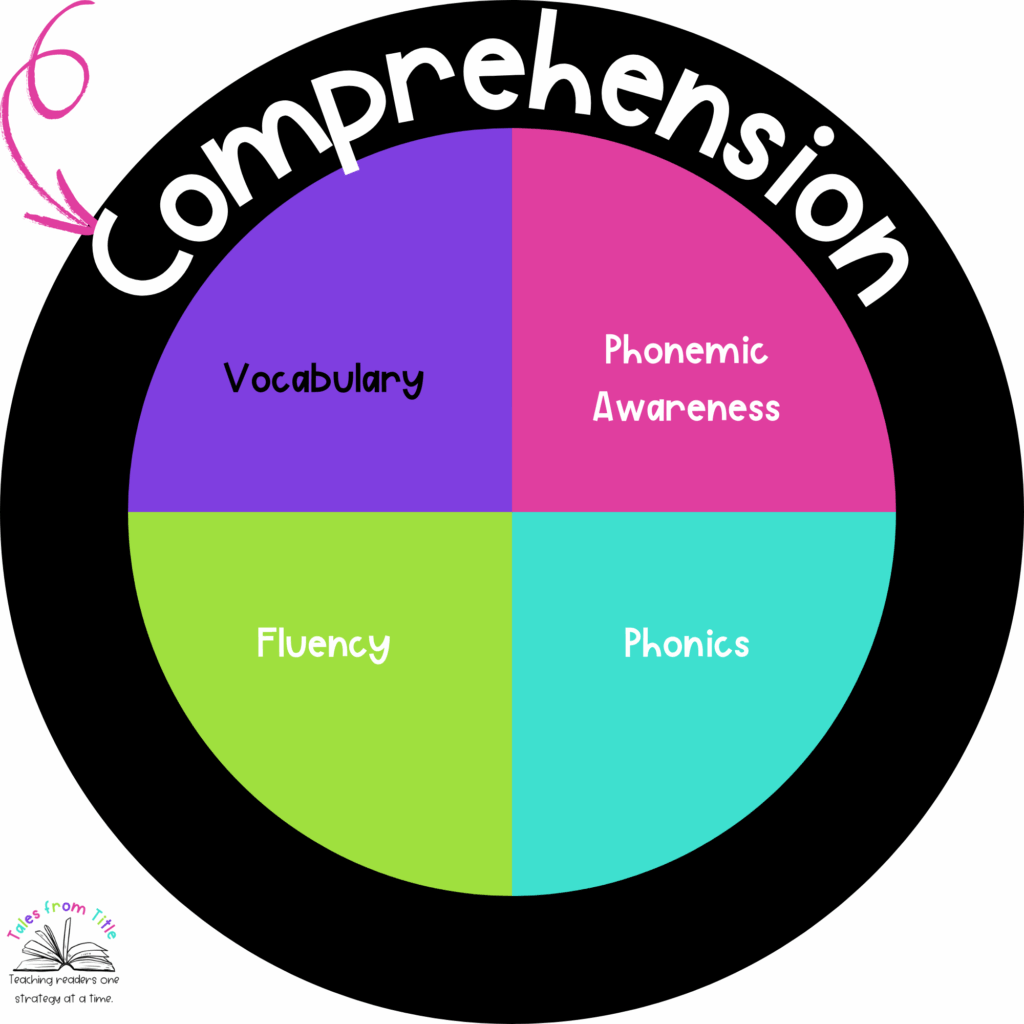
The Key Components of Reading Comprehension
- Literal Understanding: This is the most basic level of comprehension and involves grasping the straightforward meaning of the text – the who, what, where, and when. Answers to literal questions can be found directly in the text without having to infer. A question such as, “Who is the main character of the story?” is an example of a literal question.
- Inferential Thinking: This component is about reading between the lines to uncover meanings that aren’t explicitly stated by the author. Students make inferences using clues from the text paired with their prior knowledge. Students with limited prior knowledge can have difficulty making inferences because they lack the knowledge and experiences to relate to the text.
- Critical Analysis: As readers engage with a text, they evaluate its deeper meaning, the author’s purpose, and the effectiveness of the text’s arguments or narrative.
- Application: This level of comprehension requires readers to leave the text and use that they’ve read to draw conclusions, solve problems, or make real-world connections.
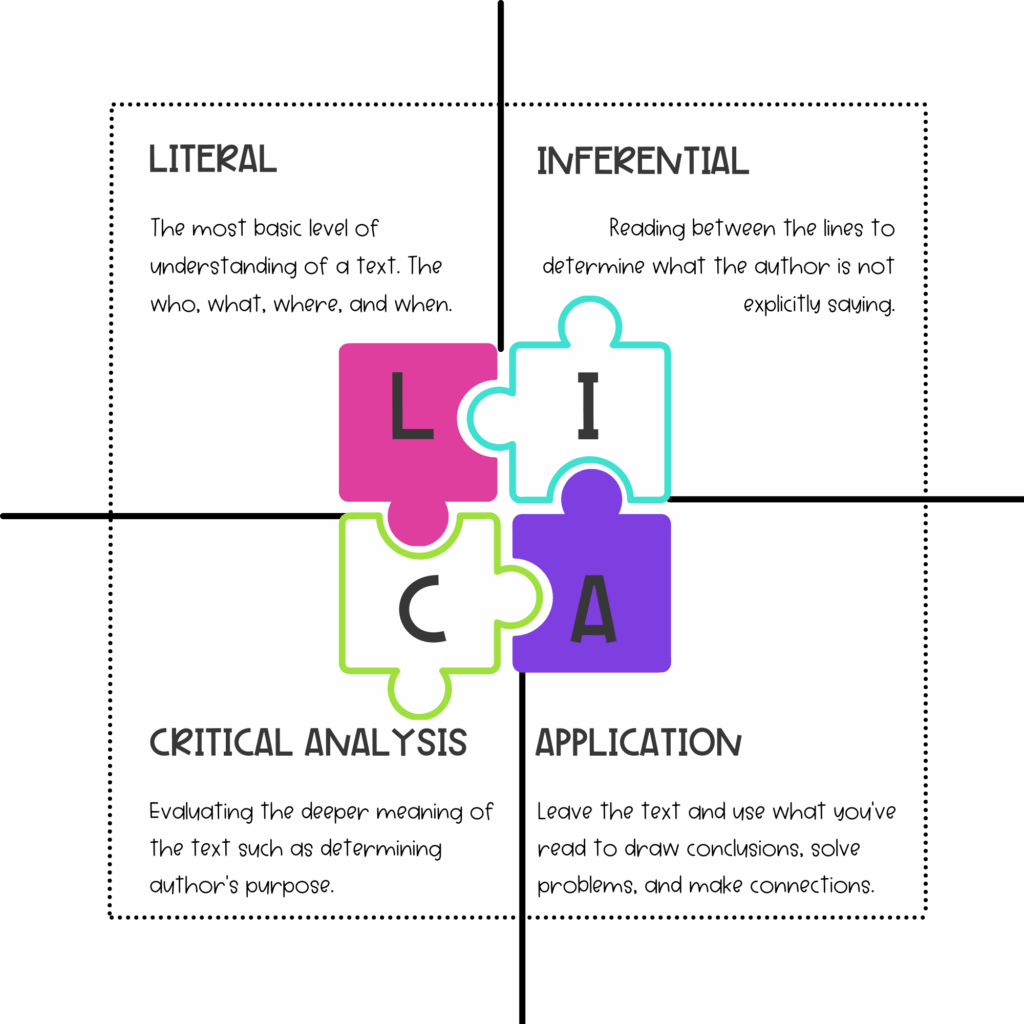
Skills Involved in Reading Comprehension
Students need several skills that all work together to make reading comprehension possible:
- Vocabulary Knowledge: Students need to understand the meanings of words and phrases, including their context-specific nuances.
- Fluency: Reading with speed, accuracy, and appropriate expression helps students focus on understanding rather than word recognition.
- Background Knowledge: Prior knowledge about a subject helps readers connect new information to what they already know, making the text more meaningful.
- Active Engagement: Strategies such as questioning, predicting, and summarizing help students stay involved and think critically while reading.
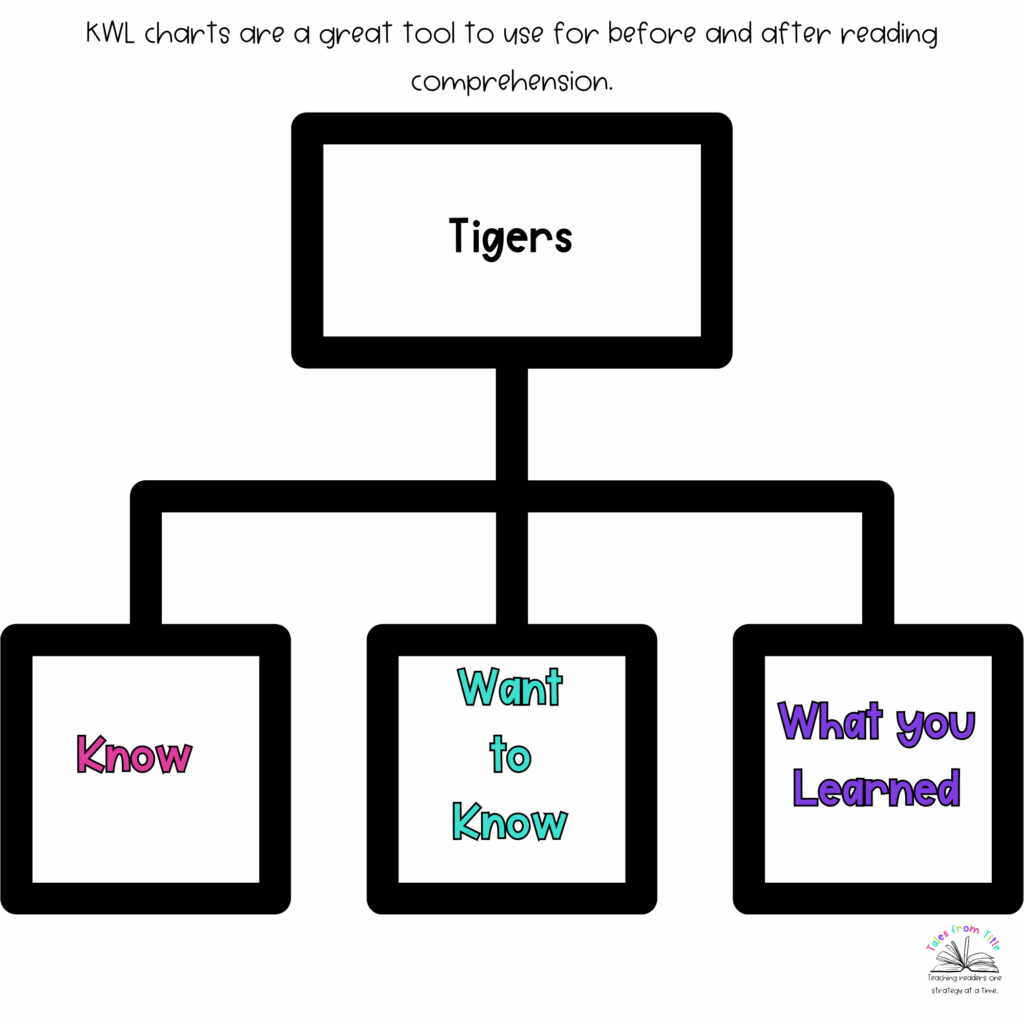
Stages of Reading Comprehension
Reading comprehension happens in three stages:
- Before Reading: Successful comprehension starts before a student even opens the book. Activating prior knowledge, setting a purpose for reading, and previewing the text are key pre-reading strategies. As you plan your reading lessons, make sure you take time to help your students set a purpose for reading. Making KWL charts, making predictions, and teaching students how to preview a text are great tools to use in your lessons that help students activate their prior knowledge.
- During Reading: While reading, students monitor their understanding, ask questions about the text, and visualize what they’re reading to deepen comprehension.
- After Reading: Once they finish a text, students may reflect on the text, summarize its content, and engage in discussions help solidify understanding and make the reading experience more meaningful.
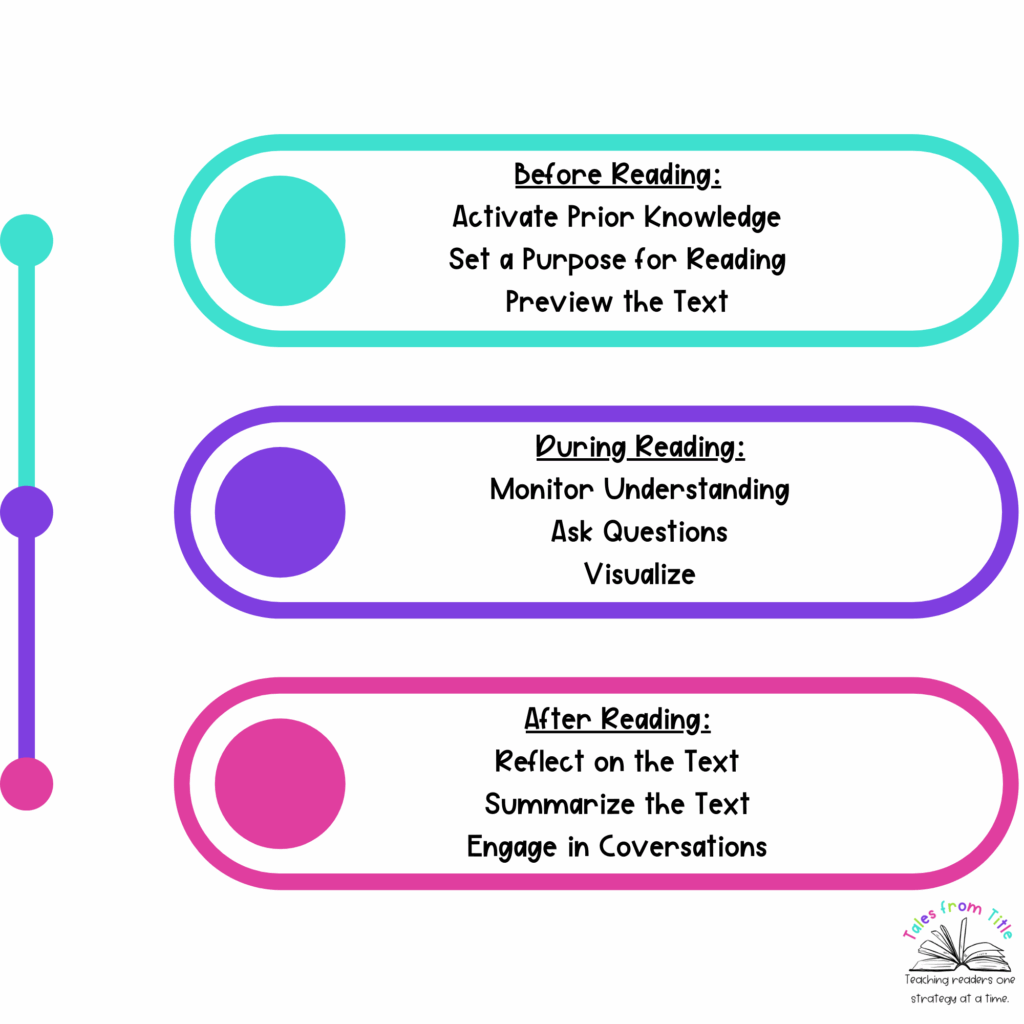
Common Challenges with Reading Comprehension
As you have seen from several of my previous posts on the components of reading, comprehension requires a strong foundation in all four other components of reading. Students who struggle with a particular area of reading, or multiple areas, face difficulties with reading comprehension for a variety of reasons, such as:
- Laborious reading that is focused on decoding.
- Limited vocabulary or background knowledge gaps.
- Difficulty maintaining focus or monitoring their understanding while reading.
- Lack of exposure to diverse types of texts, which can make it harder to connect with certain materials.
Understanding these challenges is the first step in helping students overcome them and grow as readers.
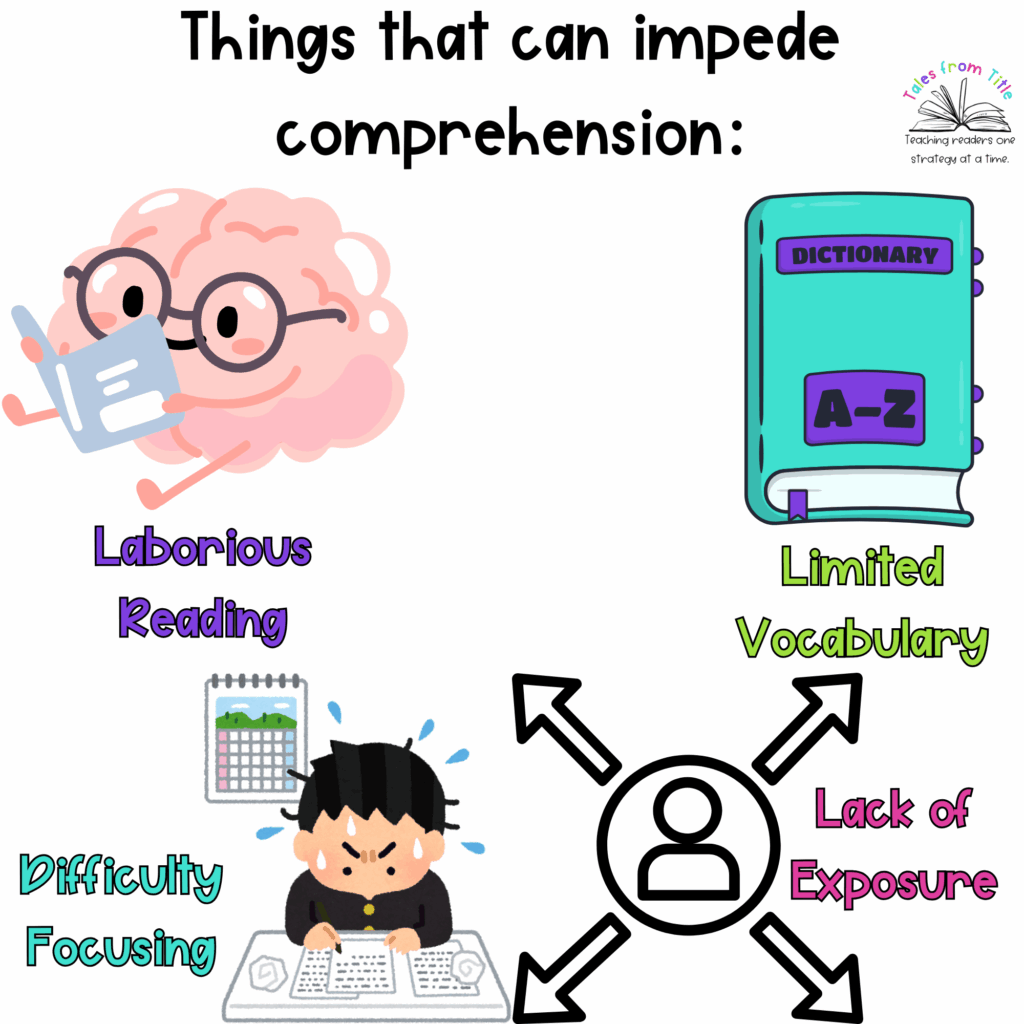
Conclusion
Reading comprehension is a complex process that combines understanding, analysis, and application. By breaking it down into smaller pieces, teachers can better support their students in becoming confident, capable readers.
What are your experiences teaching reading comprehension? Do you have a strategy or challenge you’ve faced with students learning to comprehend text? Share it in the comments below.
